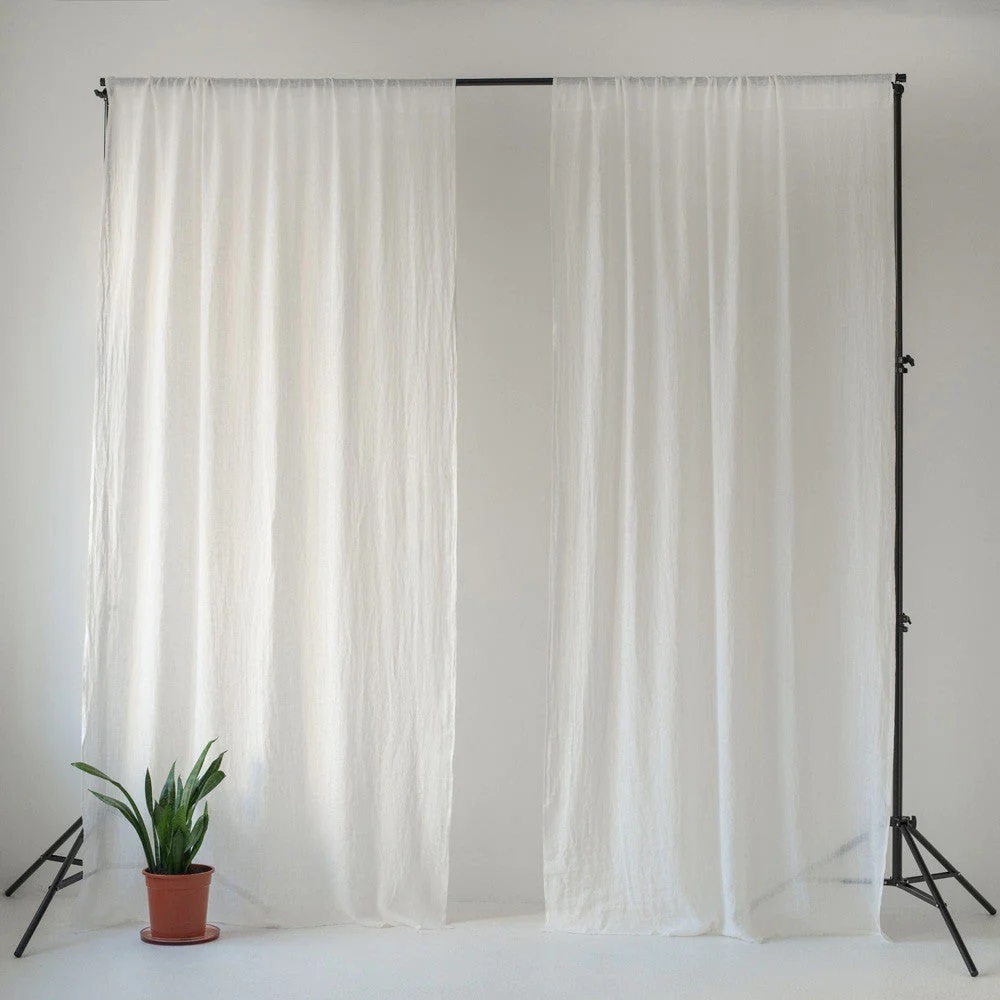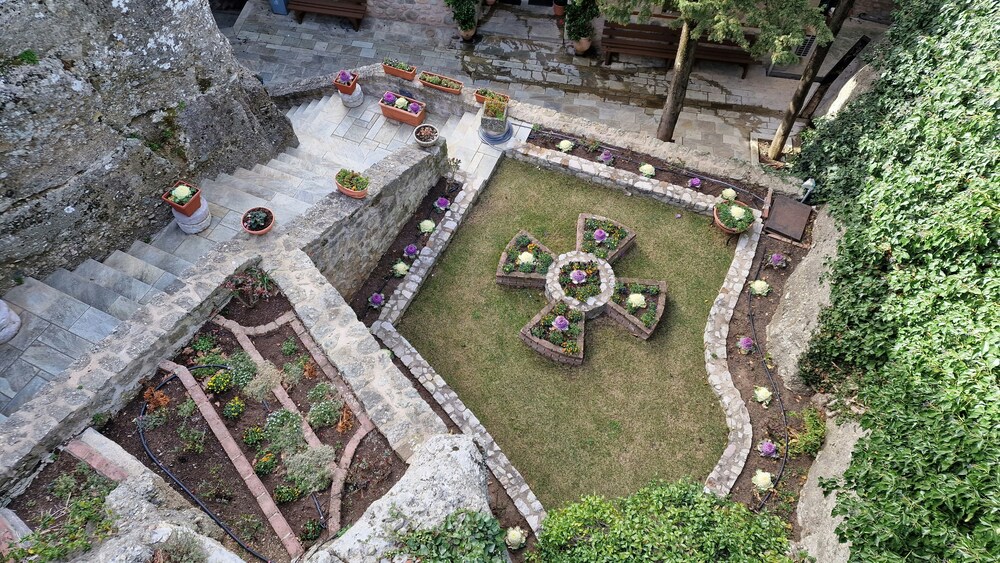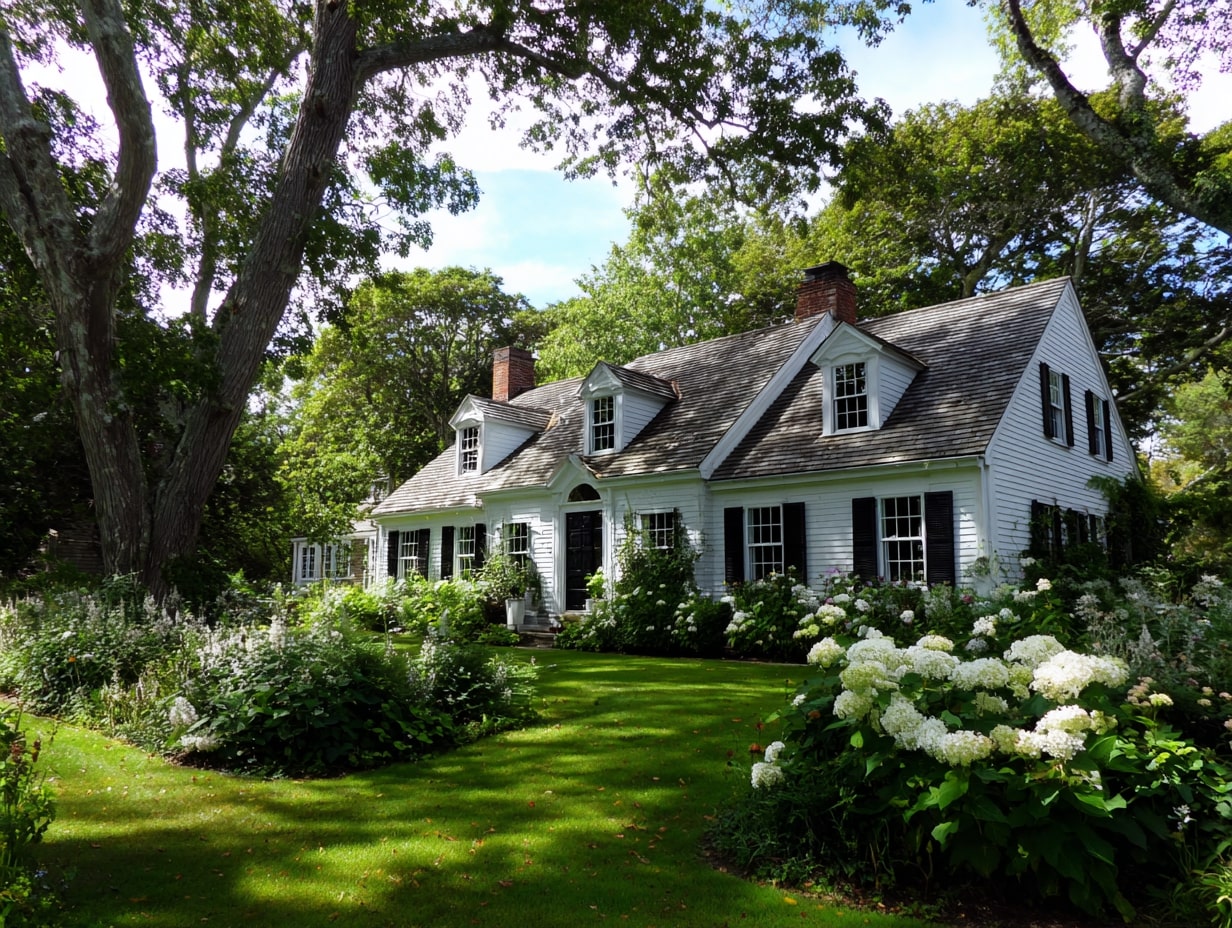- Home
- Articles
- Architectural Portfolio
- Architectral Presentation
- Inspirational Stories
- Architecture News
- Visualization
- BIM Industry
- Facade Design
- Parametric Design
- Career
- Landscape Architecture
- Construction
- Artificial Intelligence
- Sketching
- Design Softwares
- Diagrams
- Writing
- Architectural Tips
- Sustainability
- Courses
- Concept
- Technology
- History & Heritage
- Future of Architecture
- Guides & How-To
- Art & Culture
- Projects
- Interior Design
- Competitions
- Jobs
- Store
- Tools
- More
- Home
- Articles
- Architectural Portfolio
- Architectral Presentation
- Inspirational Stories
- Architecture News
- Visualization
- BIM Industry
- Facade Design
- Parametric Design
- Career
- Landscape Architecture
- Construction
- Artificial Intelligence
- Sketching
- Design Softwares
- Diagrams
- Writing
- Architectural Tips
- Sustainability
- Courses
- Concept
- Technology
- History & Heritage
- Future of Architecture
- Guides & How-To
- Art & Culture
- Projects
- Interior Design
- Competitions
- Jobs
- Store
- Tools
- More
Color Theory in Home Design: Crafting Vibrant Living Spaces

Color theory plays a pivotal role in interior architecture, profoundly influencing the aesthetic and ambiance of living spaces. This article explores the nuances of color theory and its application in creating vibrant, emotionally engaging interiors.
Table of Contents
ToggleThe Basics of Color Theory
Color theory is an essential foundation in home design, offering a systematic understanding of how colors interact and affect human perception. It starts with the primary colors – red, blue, and yellow – which are the basis for all other colors. By mixing these primary colors, secondary colors such as green, orange, and purple are created. Further mixing leads to tertiary colors, blending primary and secondary hues. This color structure is crucial for developing visually appealing and harmonious color schemes. Additionally, color theory encompasses concepts like the color wheel, which illustrates the relationships between colors, and color harmony, which is the pleasing arrangement of colors. Understanding these principles allows designers to create balanced, aesthetically pleasing environments that can influence mood, create illusions of space, and contribute to the overall ambiance of a room.

Psychological Impact of Colors
Colors have a profound psychological impact on individuals, influencing emotions, mood, and even behavior. In home design, understanding these effects is crucial for creating the desired ambiance in a space. For instance, warm colors like red, orange, and yellow can evoke feelings of warmth, excitement, and happiness, making them ideal for social spaces like living rooms and dining areas. Cool colors such as blue, green, and purple often induce calmness and relaxation, perfect for bedrooms and bathrooms. Neutral colors, including white, beige, and gray, provide a sense of balance and flexibility, serving as a backdrop for other colors or as a calming influence in a busy space. Each color can create a specific psychological response, and when used thoughtfully, they can enhance the function and feel of a room. Designers can harness these psychological effects to craft spaces that not only look beautiful but also positively affect the well-being and comfort of the inhabitants.
Harmonious Color Schemes
Creating harmonious color schemes is a key aspect of interior design, as it sets the tone and mood for a space. A well-chosen color scheme can bring balance and cohesion, enhancing the overall aesthetic appeal. There are several approaches to achieving harmony in color selection. Monochromatic schemes use variations of a single hue, offering a subtle and sophisticated look. Analogous color schemes involve colors that are adjacent on the color wheel, such as blue and green, creating a serene and pleasing aesthetic. Complementary schemes pair colors opposite each other on the wheel, like blue and orange, offering a vibrant and dynamic contrast. Beyond these basic schemes, designers also explore split-complementary, triadic, and tetradic schemes for more complex and interesting combinations. The key to success in harmonious color schemes lies in the balance of hues, ensuring that no single color dominates and that there is a pleasing interplay between different shades and tones. When executed well, these schemes can transform a space into an inviting and visually cohesive environment.

Applying Color in Interior Design
The application of color in interior design goes beyond just painting walls; it’s an art of creating an atmosphere that reflects a homeowner’s personality and style. Strategic use of color can redefine a space, highlight architectural details, and set the mood. Accent walls can be used to draw attention and add depth to a room. Color can also be introduced through fabrics and textiles, such as curtains, rugs, and upholstery, which add texture and warmth. Decorative elements like throw pillows, artwork, and vases offer opportunities to incorporate pops of color and create focal points. Lighting plays a crucial role as well, as it can alter the appearance of colors and create different ambiances at different times of the day. Additionally, the use of color in furniture pieces can make a bold statement or contribute to a cohesive design theme. The key to successfully applying color in interior design is balance — ensuring that colors complement rather than compete with each other, creating a harmonious and aesthetically pleasing environment.
The Importance of Neutral Colors
Neutrals like white, beige, and gray are crucial in interior design. They provide a backdrop against which vibrant colors can stand out. They also offer a sense of balance and can make small spaces appear larger.
Cultural and Historical Inspiration in Color Selection
Cultural heritage and historical eras offer a wealth of inspiration for color selection in home design. Different cultures have distinct color significances, which can profoundly influence interior design decisions. For instance, red may symbolize luck and celebration in some cultures, while it could represent warning or danger in others. Historical design movements also contribute unique color palettes, like the pastels of the Art Deco period or the earth tones characteristic of mid-century modern design. Integrating these cultural and historical color influences can lend a sense of depth and storytelling to a space. This approach enables designers to create interiors that not only visually captivate but also resonate with the personal histories and backgrounds of the occupants, making each design distinctive and meaningful.
Color and Texture Interplay in Home Design
The interaction between color and texture plays a crucial role in the overall impact of a design. Textures can amplify or soften the visual weight of colors. For example, a rough, matte texture can absorb light and make a color appear deeper, while a smooth, glossy surface can reflect light, making the color seem more vibrant and lighter. By thoughtfully pairing colors with appropriate textures, designers can add depth and dimension to a space. This consideration is particularly important in rooms where the mood and ambiance are pivotal, such as bedrooms and living areas. The right combination of color and texture can create a visually stimulating environment that appeals to the senses and enhances the overall aesthetic of a space.

The Impact of Color on Spatial Perception
The choice of color in a room can significantly impact its perceived size and shape. Lighter colors tend to make a room feel larger and airier, while darker hues can create a sense of intimacy and coziness. For instance, a small room can be made to feel more spacious with the use of pale blues or greens, while deep reds or navy blues can lend a grand, more enclosed feel to a larger space. Understanding how color affects spatial perception is essential for designers and homeowners looking to make the most of their living spaces. This knowledge allows for strategic use of color to enhance or downplay various architectural features, contributing to a more tailored and effective interior design.
Submit your architectural projects
Follow these steps for submission your project. Submission FormLatest Posts
Useful Tips for Planning A Backyard Layout That Feels Spacious
Creating a backyard that feels spacious can transform your outdoor experience, making...
American Architecture Styles That Shaped a Nation
Explore American architecture styles from Colonial to modern—key features, icons, and timelines...
How Environmental Planning Shapes Modern Architecture in Houston
Houston does not design buildings in a vacuum. Every structure rises inside...
Smart Steps for Repairing Your Garage
Keeping your garage safe and reliable is mostly about steady habits and...












Leave a comment